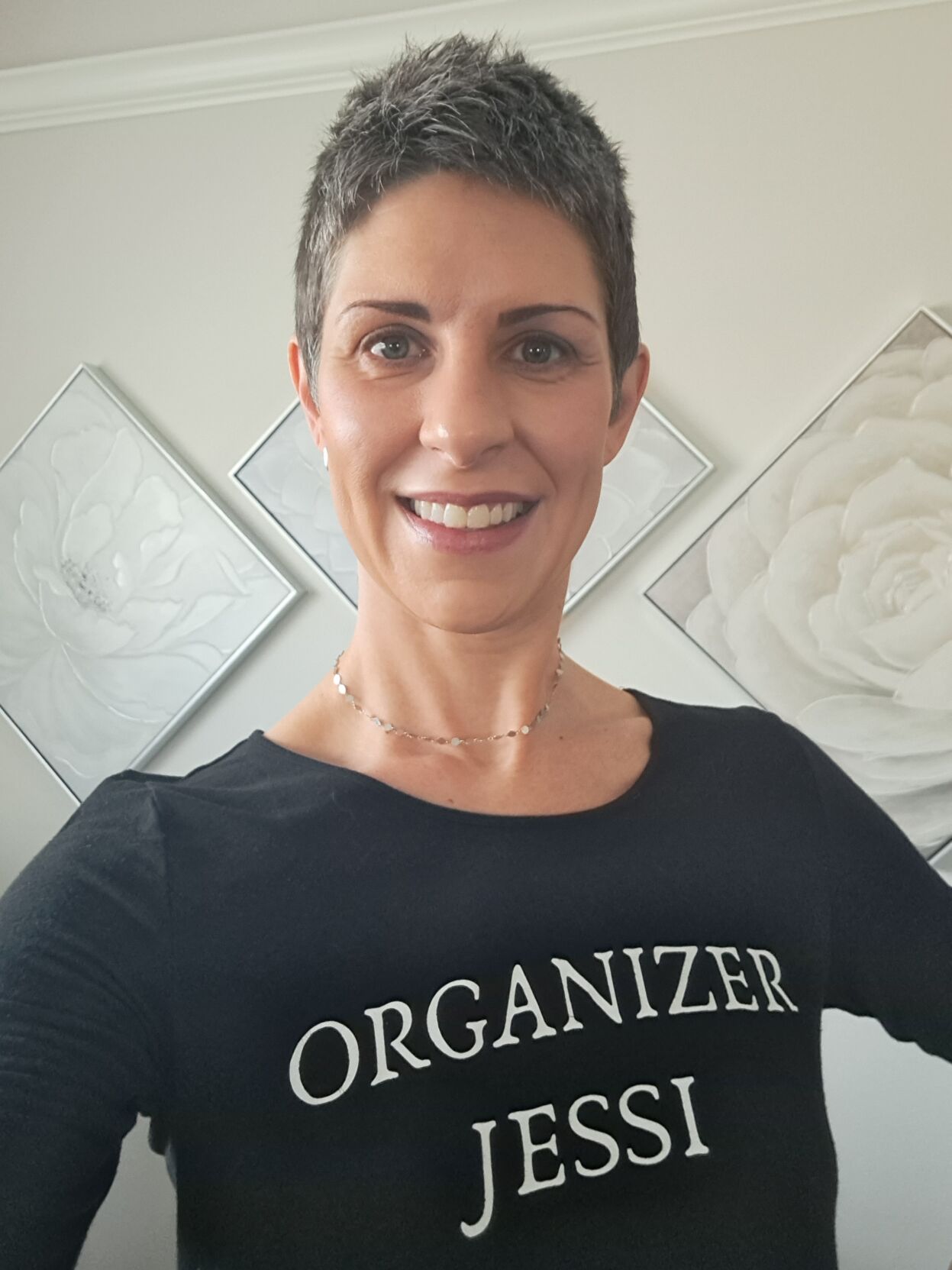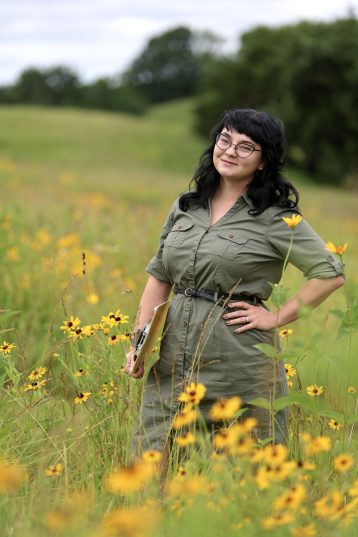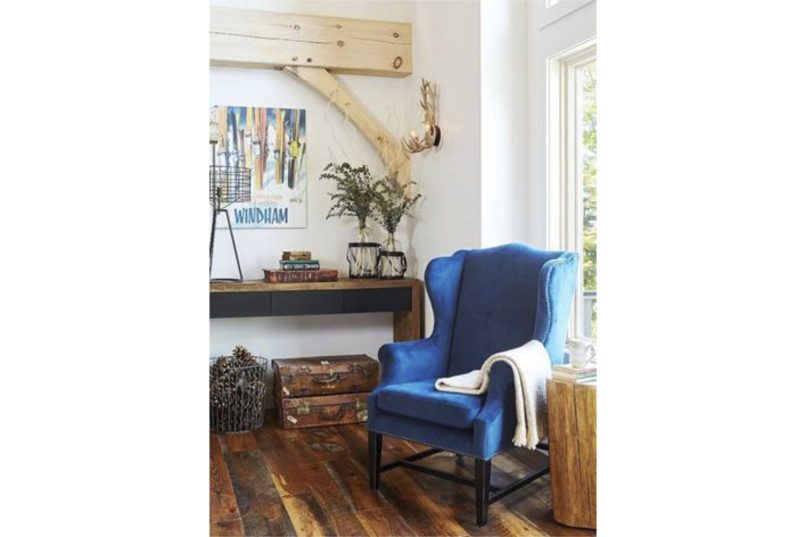Valentine’s Day is right around the corner. How do we know? Decor has been out since December — hearts slowly populating our shelves throughout the Christmas season.
February 2024 happens to be a leap year and possibly, Mother Nature’s recognition we need more time. We have an extra 24 hours. Why not organize?
A majority of shared spaces lack purpose and function.
Eighty percent of my clients share a home — primarily couples, children and blended families.
Shared spaces are like a mathematical equation:
• How do we factor efficient space for an individual?
• How do we justify the amount of space we need?
• How do we fit everything we use into our space?
A little jingle of mine is “stuff and space, space and stuff, don’t stuff your space with too much stuff.”
When individuals and families are establishing a new home, mental and physical energy typically is focused on getting objects from one place to the next.
Not everyone thinks (or knows) to recruit a professional organizer to simplify the moving process: Downsizing, grouping, space planning, packing, labeling, unloading boxes into designated rooms, unpacking and placing items throughout the new home, all while completing the process of moving in, while factoring out what no longer serves us.
Working with an organized individual will lessen the headache that comes with relocating. Side note: Movers and organizers have different roles.
That said, when establishing item placement and storage, the idea of creating zones within the new home often is overlooked. Home function also rarely is evaluated as time passes and living situations evolve.
Our lack of attention often will transform our home into a storage unit, or worse, a dumping ground.
Here are some key factors to acknowledge when it comes to organizing shared spaces:
• Home organization is an ongoing effort.
• This should be a fun. Organizing the stuff we spend out money on and willingly bring in shouldn’t be a negative experience.
• Our need for space will fluctuate over time.
• Kids grow. Kids evolve. Kids move out (and so should their stuff).
• Divorce, loss and change in occupancy happens.
• Up-sizing and downsizing is essential throughout life.
• Accessibility and safety is key.
• Interests and activity levels change, for children and adults.
• Truthful acceptance of what we use is needed.
• Our need and desire for items will change as we age.
• Passing our burden onto others happens, unless we prevent it.
Shared space scenario
Karen and Brad met later in life, neither previously married, nor have kids.
Karen and Brad have homes and the stuff to prove it.
Organizer questions (typically overlooked by non-organizers):
1. How much time until the move?
2. Where will the couple live?
3. How many like-items are owned by both?
4. Who’s purging what?
5. What shared interests does the couple enjoy?
6. What are plans for family additions?
7. Does the couple host/entertain?
8. What hasn’t been used recently?
9. What is the anticipated time duration in the home?
10. What home improvements are desired/needed? What’s the time-frame/budget?
Move-in scenario (unorganized process):
Karen and Brad are consumed with wedding planning. Karen got a new job and her focus shifted. It was decided Karen would move into Brad’s home and they would work through their shared collections after the wedding.
It’s moving day before the wedding. Family and friends load boxes, furniture, decor, outdoor items and relocate everything to Brad’s already populated space — any vacant area on the garage floor or in the basement storage area.
Once again, life happened. Don’t forget, the home already was packed, and the wedding gifts didn’t help the situation. In fact, the couple now owns many duplicates.
Organizer assisted outcome:
• Before moving/consolidating day, the organizer focuses on the big stuff.
• Furniture and household appliances are the first to downsize.
• Closet function is addressed and items cleared out. There needs to be room for incoming clothing, outdoor apparel, linens and bathroom necessities.
• Items stored in cardboard boxes are likely items to discard. (You know: The boxes you haven’t opened in years.)
• Kitchen items are significantly downsized. The upcoming wedding surely will produce new stuff.
• Food supply and inventory is addressed.
• Decor is evaluated. Surrounding visual items should not overwhelm.
• Storage solutions are suggested to use vertical space.
• Purge as many items as possible. Why do we move and store unused items?
• Moving day. Assistance is provided to those loading and unloading items. A clear direction where to place items will save time and energy in the long run. And yes, there are efficient ways to pack a moving truck.
Organizing shared spaces allows us to merge individuals and their possessions.
Organizing and downsizing allows us to pay tribute to our past items, as well as welcome what comes our way.
Jessi Bushman is a professional organizer, member of the Iowa Professional Organizers Association and owner of Organizer Jessi in Dubuque. Visit her at organizerjessi.com.














